
From The Editor: Spring 2023
I must confess. I am deeply torn about spirituality. I have gone through extended periods during which I experienced deep and profound connection with God. Music, tefillah, mind-expanding Torah-study, cloudless starry nights, awesome thunderstorms, staring at a single flame, witnessing a birth, being present at the moment of death, and running a marathon in Jerusalem have each inspired me to sense that I was in the immediate, intimate, and terrifying presence of God. As a shaliah tzibbur leading tefillah on Yom Kippur I have been transported into worlds I cannot describe.

Paths of Spirituality: An Interview with Alan Brill
Alan Brill is the Cooperman/Ross Endowed Chair in the Jewish-Christian Studies Graduate Program in the Department of Religion at Seton Hall University. Rabbi Dr. Brill specializes in interfaith theology, mysticism, and comparative theology. Jewish Educational Leadership is pleased to share with you excerpts of our discussion with him.

Spirituality as the Gate to Belonging, and Vice Versa
“I raise my eyes to the Heavens” (Psalms 121). We raise our eyes upwards and strive to feel closeness and connection to an infinite, hidden source. We long to hear a clear voice calling our name, confirming for us that our words arrived, traversing the space between Heaven and Earth.
We can feel a sense of belonging to one another in the merit of our shared search for God. The searching movement brings us together, we know how to seek one another, and we know how to seek the way. We know how to walk together to great lengths, even as God hides.

Lev HaShavua: Interpersonal Gateway to Religious Experience
I come into class and students have already set up the desks in a circle. I take my place, as much as a participant as the teacher, and, on cue, each of us in turn shares their mispar nokhehut, a number from one to ten that captures our presence at that moment. I take mental note of those whose number is particularly low or unusually high or very different than the previous week. In the course of a minute or two, I have my hand on the pulse of the class and how much they are present with me. I share my number with them so that they can measure my presence as well.
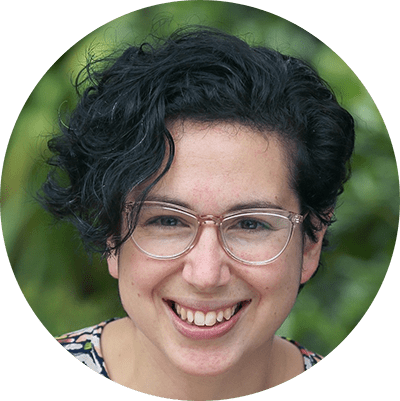
A Holistic Approach to Cultivating Jewish Spirituality in Jewish Day Schools
Although I have been a parent at my school for the past five years, in August, I became the Associate Head of School of Oakland Hebrew Day School, a Modern Orthodox, Bridge-K through eighth school in the Bay Area. One of my first responsibilities was planning the teacher in-service week. As I was approaching the transition from a place of observation and learning, I relied heavily on the structure of the previous year, which quickly resulted in my ruminating over the fact that the past year’s schedule had ten minutes of mindfulness beginning each day. I could feel my own insecurities and self-consciousness rising as I asked myself what it would mean as a leader to ask my teachers to engage in a practice with which I personally didn’t feel comfortable.

Amatz: The Courage to Look Inward
Imagine a world where every Jewish child is filled with the joy and purpose that comes from the knowledge that we are each a unique creation. Imagine a world where Jewish children feel fortunate and blessed to be a privileged part of a nation which partners with the Creator of heaven and earth. While dreaming big is always a virtue, accepting the hard fact that most children do not feel this way, in many instances, is the first step in rectifying the painful reality of the challenges we face as parents, educators, and leaders.

The Building Blocks of Childhood Spirituality
“Mom, I don’t like school!” These words are familiar to many parents. Sometimes they result from nothing more than quotidian tantrums, but they may be indicative of something that is happening—or not happening—in their school experience. Small tweaks and corrections can often reinvigorate the joy that should be innate to learning, and many of those touch on an entire spectrum of experiences that can be identified as spirituality, even amongst the youngest students. We can incorporate spirituality into most classrooms in an interdisciplinary fashion and ensure that our education systems more readily prepare our kids for the tasks of being well-rounded thinkers and Jews.
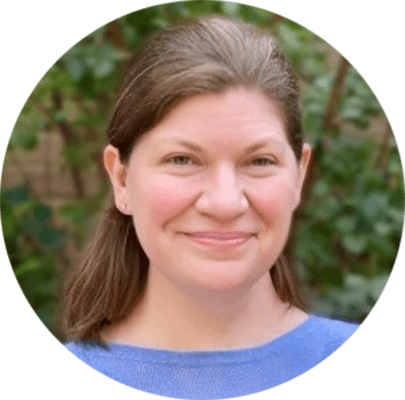
God-Wrestling in Middle School
“God doesn’t exist,” I told my grandparents before my bat mitzvah. I still wanted to have my bat mitzvah, and I did find meaning and joy in Jewish life. So why did I upset my poor Bubbe and Zayde right before our simcha? The short answer…I was 13.

The G-Word: Talking about God in Jewish Education
I was in grade 2, and our librarian was reading a picture book to our class. One of the images presented us with a white-haired, bearded man holding a paper scroll. I immediately thought of God, holding the Sefer haHayim (the Book of Life). This realization came along with internal struggle and chastisement. Jews do not picture God as any thing. Jews do not worship idols.
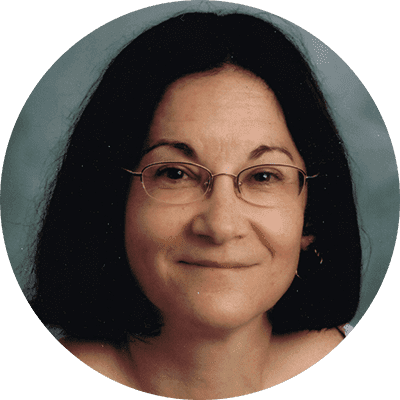
Using Literature as a Vehicle for Exploring Spirituality
If cultivating spirituality means creating the drive to unify the self with God, to see God’s hand in one’s life, and to transcend the self to connect with others, then literature presents myriad opportunities to experience that transcendent sense of unity. In fact, E.B. White’s Charlotte’s Web (1952) may be a child’s first literary encounter with the foundations of this experience—friendship, which is woven of loyalty, kindness, compassion, and sacrifice. Interestingly, the spiritual nature of these four elements, i.e., transcending the self to empathize with another individual, is embodied by the web itself.

Breathing Spirit into Jewish Education
People are influenced by diverse approaches to spirituality. Greek philosophy purports a rift between body and spirit; Christianity claims that spirituality is a matter of faith, divorced from the realm of action; Buddhism offers a contemplative model of spiritual practice that removes one from worldly matters. By contrast, Judaism (based on Genesis 2:7) understands that our essence as humans is a combination of earthly physicality (adam-adamah) and an intimate relationship with God that animates us (the spirit of life that God breathed into adam; neshama-neshima).

Sacred Texts
I’ve never considered myself to be much of a spiritual person. It takes a lot to “inspire” me, and I am both skeptical and critical of the neo-spiritual movements that seem to be growing in popularity. So, it took me a while to warm to the podcast Harry Potter and the Sacred Text, a critical reading of the Harry Potter series by a pair of graduates from Harvard Divinity School. Their basic premise was that if you read a text, in a community, with rigor and commitment, it can yield meaningful spiritual value. They choose from a variety of spiritual practices, sourced from Christianity and Judaism, to focus on while reading each chapter of the series, looking for the meaning that emerges.

Spiritual Deliberations with Ten Year Olds: Cultivating Wonder, Curiosity, and Commitment
On a wet and cold Israeli January morning, I was invited to lead a “Spirituality Deliberation” with a group of fourteen fifth-grade students at a National Religious school in Jerusalem. The subject that we addressed was one that was familiar to the children from their daily lives and school curriculum, namely “The Meaning of Miracles.” It was clear throughout the forty-minute session that these kids had much to share with their friends and teachers on this topic.

Connectedness: On the Possibilities and Limits of Spiritual Education
Even if they haven’t theorized it, Jewish educators have known for a very long time that various developmental stages necessitate new and more complex theological approaches and frameworks, and that the failure to properly introduce or develop aspects of our theology stunts the development of the Jewish mind and spirit. The conception of God, the approach to Midrash, the reading of a Rashi—all of these are initially taught in some of our earliest years and in some of the sweetest, most endearing ways. Yet, we would certainly agree that should a student graduate from the day school system with the same conception of God or with the same methodological approach to Humash, that the system has absolutely failed him.

The Gratitude Classroom
An attitude of gratitude is remarkably significant in Judaism, and yet, it is easy to overlook its import in the process of growing Jewish souls. As educators, we can successfully transmit the corpus of blessings that are the infrastructure of Jewish life, and still find our students to be kind of, well…ungrateful. For many, it is their nature to feel that they have less than others or not enough, which is what makes the repeated focus on gratitude so necessary. Nobody has ever said, “I am too grateful.”
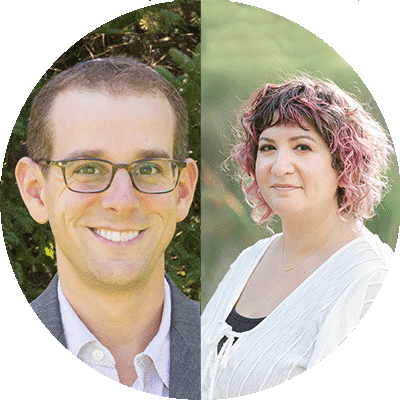
“I’m just not spiritual.” Now What?
In our learning and teaching, we have encountered many students who begin with the assumption that “spirituality is just not for me.” There may be a variety of reasons why some may feel as if they are intuitively turned off or alienated by anything labeled as spiritual, e.g., the association of spirituality with flightiness and lack of grounding; or associations of spirituality with specific individuals with whom the learner does not wish to identify with or emulate. Yet we’ve found it possible to overcome these predispositions, especially if spirituality is taught in accessible ways. In fact, some of Alison’s favorite meditation students are those that begin by saying, “My mind is too busy to sit still,” and “I’ve tried meditation before, it’s not for me.”

Exploring Four Elements of Jewish Spirituality in Preschool Settings
The term spirituality conjures associations of crystals, meditation mats, soothing music, transcendental wind chimes, and calm voices. When we add the term Jewish to spirituality, we might imagine a Safed-soaked environment, where spiritual seekers are entranced by kabbalah, niggunim, and gematria, and are dependent on others to unlock the spiritual inside of us.

Educating Toward Spirituality
As a teacher entering the davening space on any particular morning in my Modern Orthodox high school, I have a long wish-list of what I want for my students. I want them to understand the words they recite. I want them to connect with the community of mitpallelim (pray-ers) present in the room. I want them to see themselves as part of a community of mitpallelim stretching throughout Jewish history.

An Age-Adjusted Program for Tefillah Education
I remember, years ago, walking into an elementary Jewish day school classroom for tefillah. I witnessed joy, enthusiasm, song, and inspiration and the visit made an indelible impression on my personal adult tefillah experience. Participating in a middle school minyan elicited a sense of purpose as I was reminded of the bright future that our Jewish youth will usher in. I sense that something significant has changed.
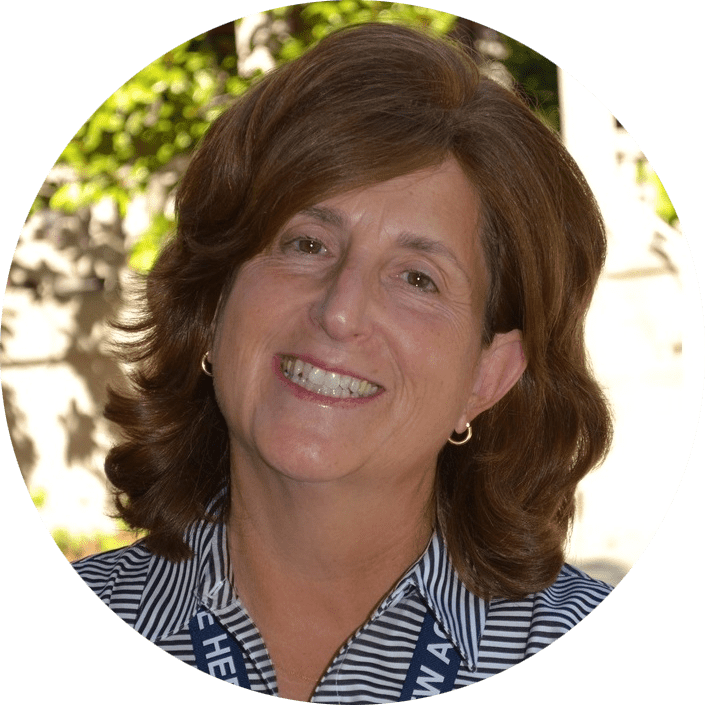
Spiritual Growth Through Mussar in School Settings
I was experiencing a challenging staffing situation in one of my earlier years as Head of School. A veteran educator and colleague, new to deepening her Jewish practice, suggested that I might be guided through the situation using Mussar, accent on last syllable. I was puzzled. What is MuSSAR? She explained, you know, MuSSAR. Something clicked, I blurted out unguardedly, “you mean, MUsser!” The Ashkenazic Yiddish pronunciation, as in, what I grew up experiencing in my Orthodox Jewish day school as a child.




